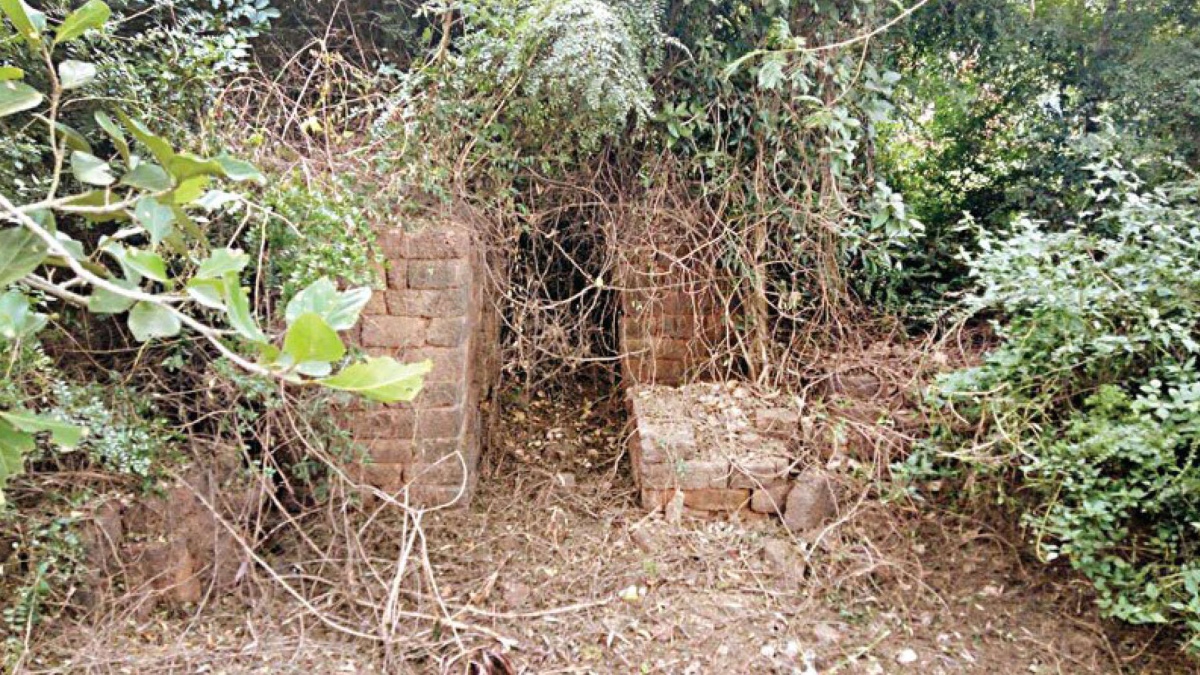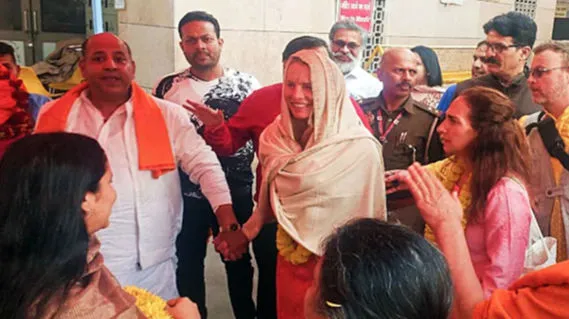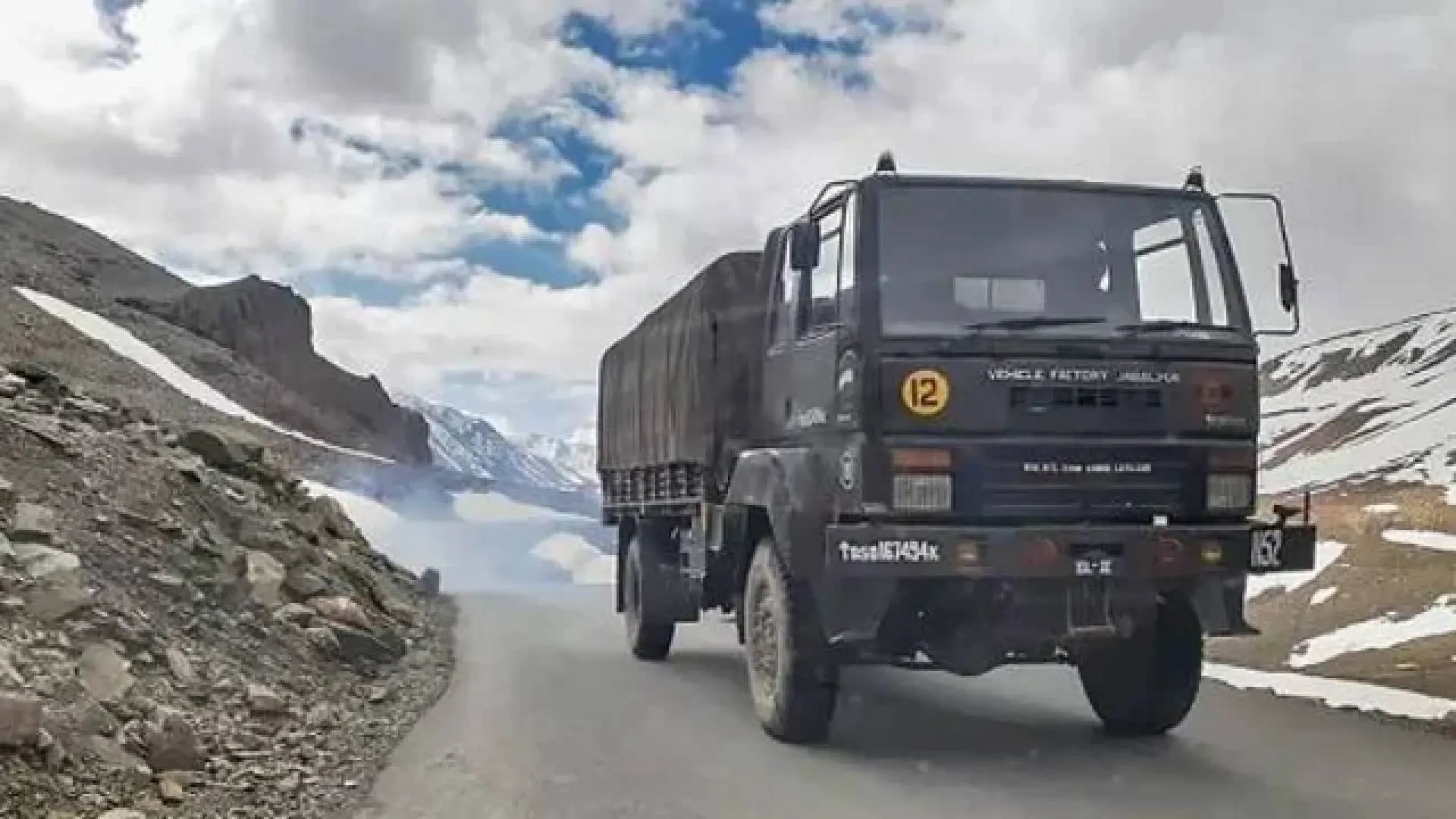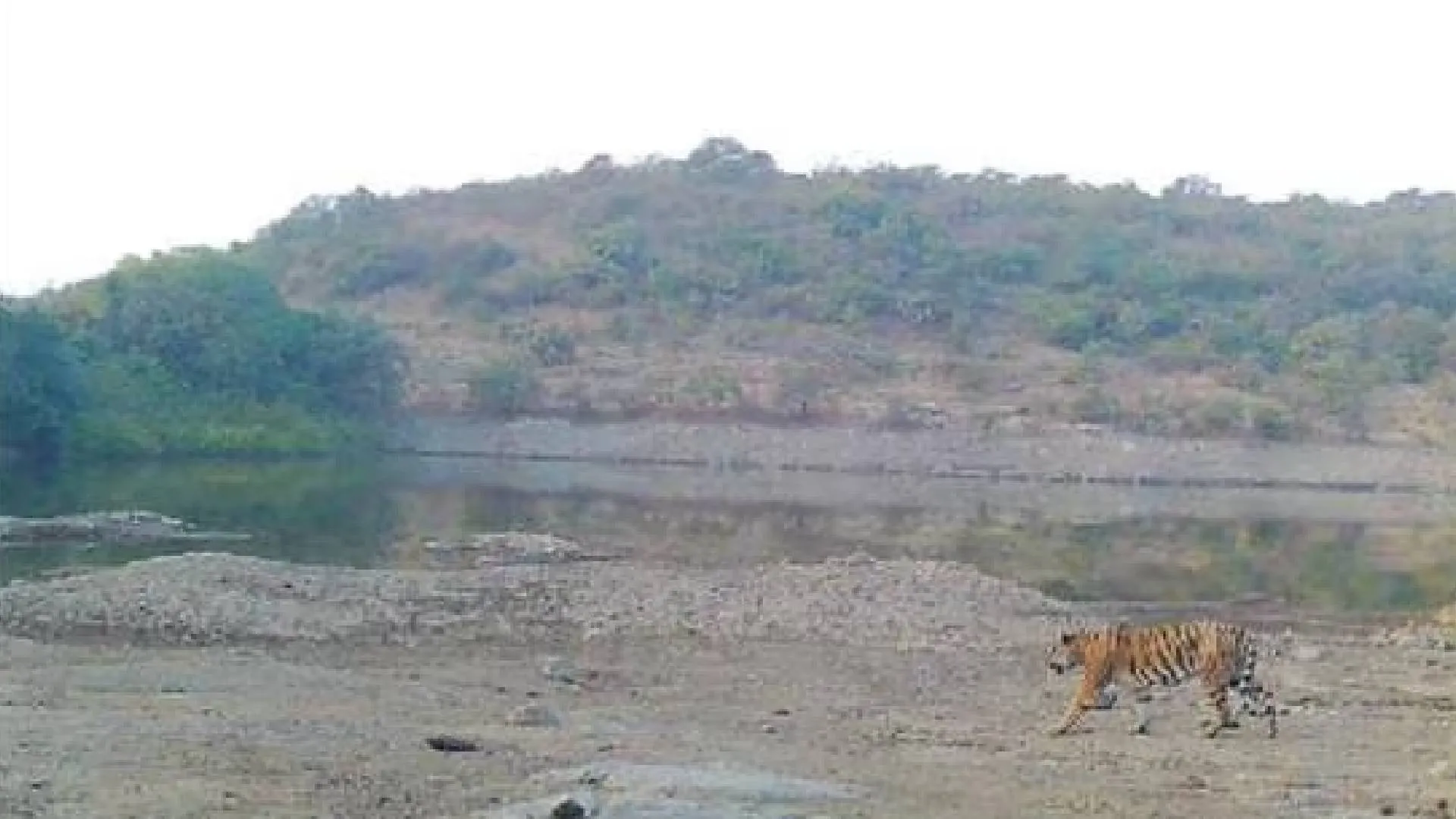The history of Bengal goes long back archaeologically, wherein tools from the Stone Age era dating back to almost 20,000 years have been found from various sites. The Mahabharata talks of this area as divided into different kingdoms: Magadha, Banga, Pundra, Anga, and Suhma. Each part was ruled by different tribes, and the languages they spoke belonged to the non-Aryan group of languages (Nishadas or the Austro-Asiatic, Alpine-Dinaric, etc) still extant among some of the tribal communities, such as Kol, Khasi, Santhal, Bhil, and Shabara. The other adjoining janapadas of Bengal at that time were Kalinga (modern Odisha), Videha (now Nepal), and Assam which the Mahabharata mentions as Pragyajyotisha. Bengal also finds mention in the book Indica, written by Megasthenes, who referred to it as Gangaridai.
Some archaeological excavations in the 1960s-70s in the core area of Raarbhumi (Birbhum and Bardhaman) in West Bengal brought about revolutionary changes in the study of Bengal history. Among these the most important site is known as the “Pandu Rajar Dhibi,” in the valley of the river Ajay, near Bolpur, district Bardhaman. The Raarbhumi is fed by the seasonal Ajoy, Mayurakhhi, Kopai, Bakreshwar, Kunnur, and Damodar rivers, while the rivers Subornorekha and Kangsaboti feed the adjoining districts of Medinipur, Bankura, and Purulia. This entire area is the purabhumi or the original fertile tract of prehistoric and ancient Bengal, where settlements from the Stone Age era grew up beside the banks of these roaring monsoon-water-fed rivers, and agriculture started.
Near the Pandu Rajar dhibi is the village Bonkoti where excavations had revealed innumerable microlithic tools made of wood and crystal. Another village beside the Damodar river had produced similar archaeological artefacts of microlithic tools made of crystals and other crushed stones; it was thus clear that the place was most likely a factory for producing such tools. While such artifacts of Neolithic and Chalcolithic era are commonly seen across the Raarbhumi and the adjoining three districts, the excavations at the Pandu Rajar Dhibi changed the course of studies into the pre-proto historic and ancient Bengal.
The ASI reports of the excavations at Pandu Rajar Dhibi during 1962-65 have revealed that Bengal during the latter half of the 2nd millennium BCE had in place a well developed urban culture, with towns having well planned streets and pavements. The residents lived in citadels, and houses that were made of unfired clay reinforced with reeds, while the floors and walls were of plastered beaten laterite. The houses were rectangular to square or round, framed with thick wooden or bamboos posts, the roofs sometimes showed terracotta tiles, floors had lateritic pellets or rammed moorum or terracotta nodules, and the walls had reeds plastered with mud from both sides.
Use of copper was known, domesticated animals and livestock were kept, while agriculture (rice, sugarcane, and other crops) and commerce formed to be the backbone of their economy. Daily diet of the inhabitants seems to have been of rice, meat, and fish. Their potteries consisted of various kinds of bowls, basins, vases, storage jars, dishes, etc. The dead were buried in east-west orientation, while the worship of matrika figures (fertility figurines, mother goddesses) seemed to be popular.
The most interesting aspect of Pandu Rajar Dhibi, however, was the fact that the town seemed to be a trading settlement. Various artifacts proved that the people here carried on trade not only with other parts of India (Chalcolithic central India and Rajasthan), but also with foreign countries. A sea-faring group of people they would travel in ships built by themselves, and various discoveries at the Dhibi (of 2000 BCE) showed that they had close trade relations with Crete and other Mediterranean nations. The chief trading items with foreign countries were spices, cotton fabrics (likely fine cotton or muslin), silver, gold, ivory, copper, and also probably sugar (always a prominent commercial item in ancient Bengal trade). A seal and clay label with inscribed signs of Cretan A symbols found at the site shows the commercial links between the two places. Besides the Dhibi, other sites such as Tamluk, Midnapur, Harinarayanpur, and Chandraketugarh in West Bengal have also yielded vases of Egyptian and Cretan types, along with sealings and potteries showing distinct Egyptian and Cretan traits.
The 1962-65 ASI excavations at the Pandu Rajar Dhibi revealed four layers of varying periods, of which Period III belongs to around 1000 BCE; Period II is said to belong to the 1012+-120 timeline; while Period I belongs to the earlier times of around 2000 BCE (if not earlier). In the 1964 excavation various artefacts showed that the people living there knew the use of iron, and probably smelted at the site. A Seal and engraving revealed that a writing pattern of sharp linear pattern once existed in the 2nd millennium BCE in the area around the Ajay valley.
The ASI reports of 1962-65 and a later report on the site by M.K. Dhavalikar (1973) show the importance of the Pandu Rajar site in the studies of proto-historic era Bengal. Yet, it is quite unfortunate that the artefacts from the site were not taken up for further advanced studies and scientific analyses. Owing to a complete lack of attention and apathy, the site discoveries got removed from limelight and were soon relegated to the background by the late 70s. Today not many people (including those that live in the nearby districts) know the name of the site; leave aside being aware of its historical importance. Casting a veil over proto-historic and ancient Bengal had started from the late 70s, and has been so successful that today many Bengalis have either forgotten or are not even aware of their rich heritage that once ran parallel to the late Harappan era.
The author is a well-known travel, heritage and history writer. Views expressed are personal.






















